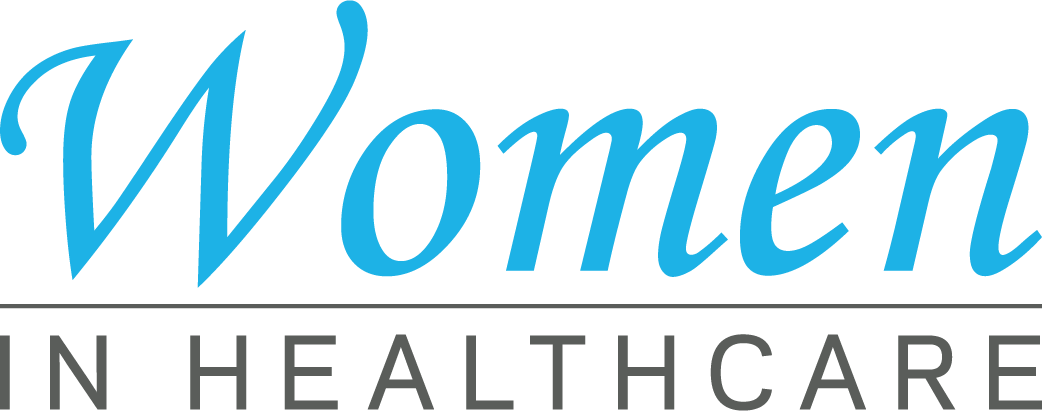Healthcare RCM Tools to Take Full Advantage Of Revenue and Decrease Denials
Healthcare RCM Tools to Take Full Advantage Of Revenue and Decrease Denials
Blog Article
A Comprehensive Guide on How Health Care RCM Works to Streamline Payment and Collections
Navigating the complexities of medical care income cycle monitoring (RCM) is vital for providers intending to enhance their billing and collections procedures. The overview unpacks the details of RCM, from individual registration to accounts receivable monitoring, supplying understandings into maximizing each step.
Understanding Profits Cycle Administration
RCM is an essential administrative feature that incorporates the entire financial process of individual treatment, from the first visit establishing to the final payment of the balance. It is a complicated procedure made to recognize, collect, and take care of the revenue from the solutions provided to individuals.
The RCM process begins when an individual timetables an appointment and expands with the patient's treatment journey, consisting of billing and collections. A key purpose is to decrease the time in between supplying a service and receiving repayment, thus enhancing the company's monetary health and wellness. RCM includes different functions such as person registration, insurance coverage confirmation, charge capture, coding, declares submission, repayment posting, and dealing with rejections and appeals.
Secret Components of RCM
In the realm of Earnings Cycle Administration (RCM), understanding its crucial components is essential to achieving monetary efficiency within health care companies. RCM is a detailed procedure that encompasses different phases, each important to making sure reliable billing and collections. The primary elements consist of individual enrollment, insurance verification, fee capture, coding, insurance claim entry, settlement posting, and balance due monitoring.


As soon as coded, claims are submitted to payers, where accuracy is critical to prevent hold-ups or denials - Healthcare RCM. Payment posting involves tape-recording the gotten settlements, which permits for the settlement of accounts. Last but not least, accounts receivable administration concentrates on tracking and attending to overdue cases, making certain timely follow-up and resolution
Each component of RCM is interconnected, and inadequacies in any kind of part can interrupt the whole cycle. Therefore, grasping these elements is vital for doctor to optimize earnings and boost their economic health and wellness.
Methods for Effective Invoicing

Systematizing invoicing procedures throughout the organization is one more key method. Establishing clear standards for documents, coding, and entry helps maintain uniformity and compliance with regulative needs. Educating staff regularly on these procedures ensures every person is current with the current adjustments in payment codes and payer policies.
Accurate cost capture is crucial in stopping revenue leak. Implementing routine audits and monitoring systems enables the identification and correction of inconsistencies before they impact revenue. In addition, preserving open lines of interaction with payers helps to promptly solve any disputes or misconceptions that might emerge.

Finally, appealing patients early in the billing procedure by giving clear estimates and educational products concerning their monetary obligations can substantially decrease complication and enhance payment timeliness. These strategies jointly add to a more reliable and monetarily healthy and balanced payment system.
Enhancing Collections Processes
Provided the complexities of clinical invoicing and the variety of payer demands, enhancing the collections process entails applying strategic steps that make sure exact and prompt payment of solutions made. Automation tools can help in tracking insurance claim standings, sending out timely pointers to clients, and managing rejections much more properly.
Clear and transparent client interactions go to this site are critical. Giving comprehensive descriptions of charges and using flexible payment strategies can enhance individual fulfillment and prompt settlements.
Routine audits of the collections procedure must be carried out to recognize locations for improvement and ensure conformity with guidelines. By evaluating data, medical care organizations can determine patterns, anticipate possible issues, and adjust techniques appropriately (Healthcare RCM). Inevitably, a well-enhanced collections process not just sustains monetary health however also adds to a more smooth experience for people and personnel alike
Optimizing Profits Streams
Structure upon the structure of a strong collections process, medical care organizations can additionally boost their financial security by tactically optimizing profits streams. This involves a multi-faceted method, starting with a comprehensive evaluation of existing revenue sources to recognize inefficiencies and areas for growth. Utilizing innovative data analytics tools allows companies to obtain insights right into payer mix, patient demographics, and service usage patterns, enabling data-driven choices that boost revenue capture.
Executing automated payment systems can significantly minimize mistakes and quicken cases refining, ensuring that revenue is collected a lot more effectively. Moreover, enhancing payer agreements with routine settlements can improve reimbursement rates and terms, directly impacting the lower line. Expanding solution offerings, such as integrating telehealth or health care, can also attract a broader patient base, hence raising profits capacity.
Another critical component is boosting client involvement and complete satisfaction, as completely satisfied patients are most likely to comply with treatment strategies and make prompt repayments. Using flexible payment alternatives and transparent payment methods can improve collections and foster patient commitment. Healthcare RCM. By adopting these techniques, medical care companies can create an extra resistant economic framework, guaranteeing sustained growth and security in an ever-changing market landscape
Final Thought
In verdict, medical care Earnings Cycle Administration (RCM) plays an important function in optimizing invoicing and collections processes by incorporating crucial elements such as person registration, insurance policy confirmation, cost capture, coding, declares submission, and accounts receivable monitoring. By utilizing innovative technology, standardizing procedures, and promoting individual interaction, healthcare service providers can considerably decrease insurance claim denials, accelerate payment cycles, and boost capital. This extensive approach to RCM ultimately leads to boosted monetary performance and sustainability for medical care companies.
The RCM process starts when a client schedules an appointment and expands through the individual's care trip, including billing and collections.One more crucial part is enhancing person engagement and satisfaction, as satisfied people are more most likely to stick to therapy plans and make prompt repayments. Offering adaptable payment alternatives and clear payment practices can improve collections and foster patient commitment.In conclusion, health care Profits Cycle Management (RCM) plays a critical function in enhancing invoicing and collections procedures by integrating vital elements useful link such as patient registration, insurance policy confirmation, charge capture, coding, claims submission, and accounts receivable management. By using advanced technology, standardizing treatments, and fostering individual engagement, helpful site health care suppliers can dramatically minimize case denials, accelerate repayment cycles, and enhance cash circulation.
Report this page